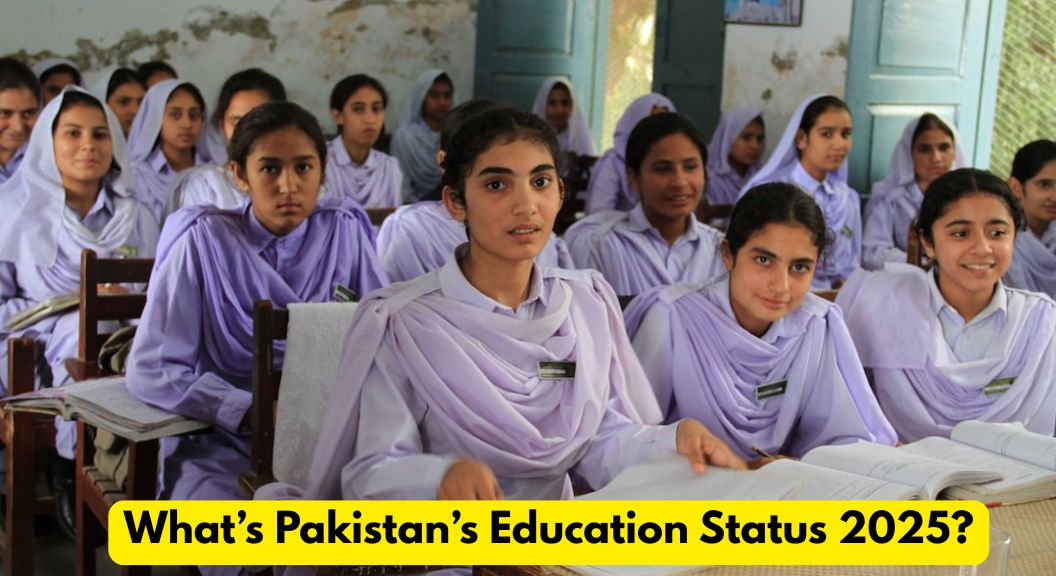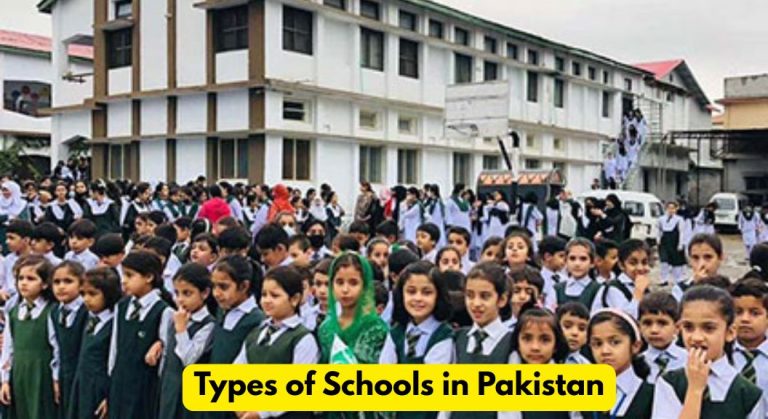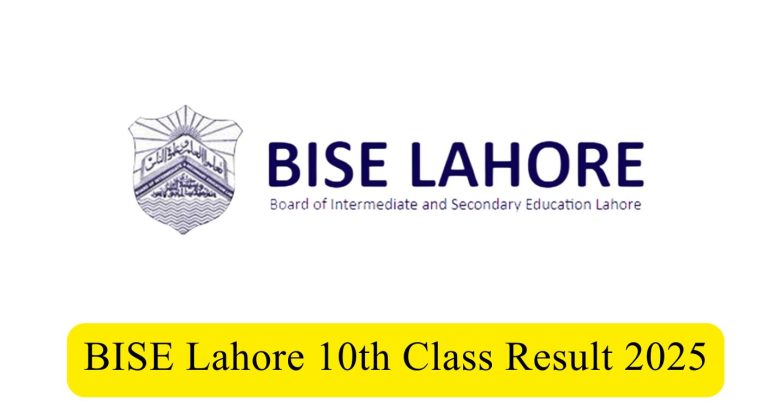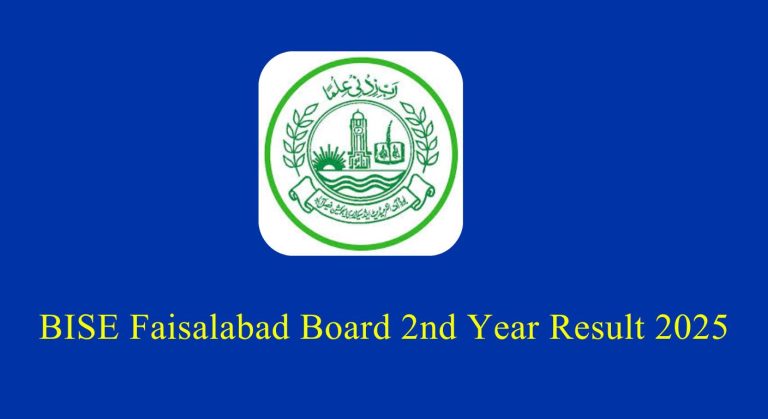The State of Education in Pakistan: Challenges and Opportunities in 2025

Pakistan’s education system in 2025 is at a crossroads, facing significant challenges yet presenting opportunities for transformative change. This article delves into the current state of education in Pakistan, examining key issues and potential avenues for improvement.
Declining University Enrollment
In 2025, university enrollment in Pakistan witnessed a concerning 13% decline, dropping to 1.94 million students despite the presence of 269 universities across the country. This downturn reflects a combination of factors, including economic constraints, limited job prospects, and a disconnect between academic programs and market demands. The World Bank’s report highlights a critically low tertiary education enrollment rate of 11.2% in 2023, trailing behind regional counterparts like India (33%) and Bangladesh (23%).
Rise of Online Education
Conversely, online education in Pakistan is experiencing rapid growth. The market, valued at USD 327.79 million in 2024, is projected to reach USD 2,343.77 million by 2033, exhibiting a compound annual growth rate (CAGR) of 24.43%. This surge is driven by increased internet penetration, widespread smartphone usage, and a growing demand for flexible, skill-based learning. Online platforms are catering to various segments, including K-12, vocational training, and corporate sectors, supported by government digital initiatives and the adoption has accelerated by the pandemic.
Challenges in K-12 Education
The K-12 education sector in Pakistan faces multifaceted challenges. Issues such as limited access to quality education, gender inequality, inadequate infrastructure, and subpar learning outcomes persist. The Standard National Curriculum (SNC) aims to address some of these disparities; however, concerns about its potential to homogenize education at the expense of quality and innovation remain.
Gender Disparities in Education
Gender inequality continues to be a significant barrier in Pakistan’s educational landscape. Approximately 22.8 million children are out of school, with 55% being girls. Cultural norms, early marriages, and safety concerns contribute to this disparity, particularly in rural areas. Addressing these issues requires targeted policies and community engagement to ensure equitable educational opportunities for all children.
Bridging the Skills Gap
One of the critical concerns in Pakistan’s education system is the mismatch between academic outputs and labor market requirements. Graduates often find themselves ill-prepared for the job market, leading to high unemployment rates among educated youth. To bridge this gap, there is a pressing need for curriculum reforms that emphasize practical skills, critical thinking, and industry-relevant knowledge.
Government Initiatives and Reforms
The Pakistani government has recognized the need for educational reforms and has taken steps to address existing challenges. Initiatives such as the Ehsaas Scholarship Program aim to provide financial assistance to deserving students, while the Higher Education Commission (HEC) is working on enhancing the quality of higher education through accreditation and faculty development programs. However, the effectiveness of these initiatives hinges on consistent implementation and adequate funding.
The Way Forward
To revitalize Pakistan’s education system, a multifaceted approach is essential:
- Curriculum Overhaul: Updating curricula to align with contemporary global standards and market needs.
- Teacher Training: Investing in professional development to enhance teaching quality.
- Infrastructure Development: Improving school facilities, especially in underserved areas.
- Public-Private Partnerships: Encouraging collaborations to bring innovation and investment into the education sector.
- Community Engagement: Involving communities in educational initiatives to ensure relevance and sustainability.
Conclusion
Pakistan’s education system stands at a pivotal juncture. While challenges abound, the growing trend of online education and government efforts signals a potential for positive transformation. By addressing systemic issues and embracing innovative solutions, Pakistan can pave the way for an inclusive and effective education system that meets the needs of its youth and the demands of the future workforce.





